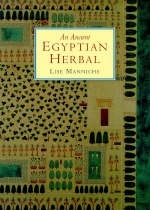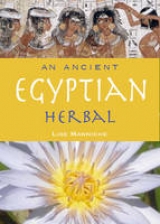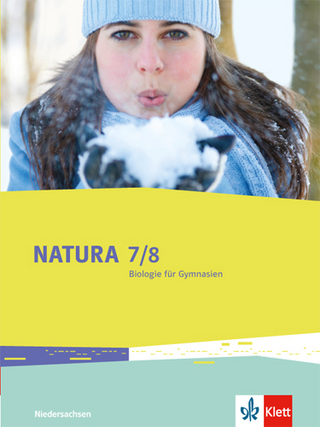
An Ancient Egyptian Herbal
Seiten
1989
British Museum Press (Verlag)
978-0-7141-1704-1 (ISBN)
British Museum Press (Verlag)
978-0-7141-1704-1 (ISBN)
- Titel erscheint in neuer Auflage
- Artikel merken
Zu diesem Artikel existiert eine Nachauflage
Lise Manniche draws on writings by the Egyptians, their neighbours, classical authors and the Copts to reconstruct an ancient Egyptian herbal of 94 species of plants and trees. Each plant is named in Latin and English and an account given of its special properties, with authentic recipes.
The ancient Egyptians were skilled in the use of herbs and spices for medicines, cooking, cosmetics, perfumes and many other purposes. The author draws on texts by the Egyptians and their neighbours, and on works by classical authors and the Copts, to reconstruct a herbal of 94 species of plants and trees, used earlier than the pharoahs and up to the Coptic period. It reveals, for instance, that celery was used as a contraceptive, wild bananas as an aphrodisiac, and juniper berries as cure for asthma. Each plant is named in Latin and English, and, where known, in ancient Egyptian, Greek and modern Arabic. An account follows of the plant's special properties, with authentic recipes for cosmetics and cures. The author also discusses the uses made of herbs and flowers, and the importance of plants for both funerary and festive occasions. Each plate is discussed in detail, and in his introduction, the author explores the changing relationship of the artists with nature and art. His previous books are "Turner's Venice" and (co-authored) "Drawing in England from Hilliard to Hogarth".
The ancient Egyptians were skilled in the use of herbs and spices for medicines, cooking, cosmetics, perfumes and many other purposes. The author draws on texts by the Egyptians and their neighbours, and on works by classical authors and the Copts, to reconstruct a herbal of 94 species of plants and trees, used earlier than the pharoahs and up to the Coptic period. It reveals, for instance, that celery was used as a contraceptive, wild bananas as an aphrodisiac, and juniper berries as cure for asthma. Each plant is named in Latin and English, and, where known, in ancient Egyptian, Greek and modern Arabic. An account follows of the plant's special properties, with authentic recipes for cosmetics and cures. The author also discusses the uses made of herbs and flowers, and the importance of plants for both funerary and festive occasions. Each plate is discussed in detail, and in his introduction, the author explores the changing relationship of the artists with nature and art. His previous books are "Turner's Venice" and (co-authored) "Drawing in England from Hilliard to Hogarth".
Introduction - the Egyptian garden, bouquets, garlands and collars, about the home, in the kitchen, cosmetics, perfume, medicine; the herbal; identifying ancient Egyptian plants; the Egyptian names quoted by Dioscorides.
| Zusatzinfo | 96 line drawings, glossary, chronological table, bibliography, index |
|---|---|
| Verlagsort | London |
| Sprache | englisch |
| Maße | 175 x 240 mm |
| Gewicht | 450 g |
| Themenwelt | Sachbuch/Ratgeber ► Natur / Technik ► Garten |
| Geschichte ► Allgemeine Geschichte ► Vor- und Frühgeschichte | |
| Geisteswissenschaften ► Geschichte ► Regional- / Ländergeschichte | |
| Medizin / Pharmazie ► Naturheilkunde | |
| ISBN-10 | 0-7141-1704-8 / 0714117048 |
| ISBN-13 | 978-0-7141-1704-1 / 9780714117041 |
| Zustand | Neuware |
| Informationen gemäß Produktsicherheitsverordnung (GPSR) | |
| Haben Sie eine Frage zum Produkt? |
Mehr entdecken
aus dem Bereich
aus dem Bereich
Schulbuch Klassen 7/8 (G9)
Buch | Hardcover (2015)
Klett (Verlag)
31,50 €



